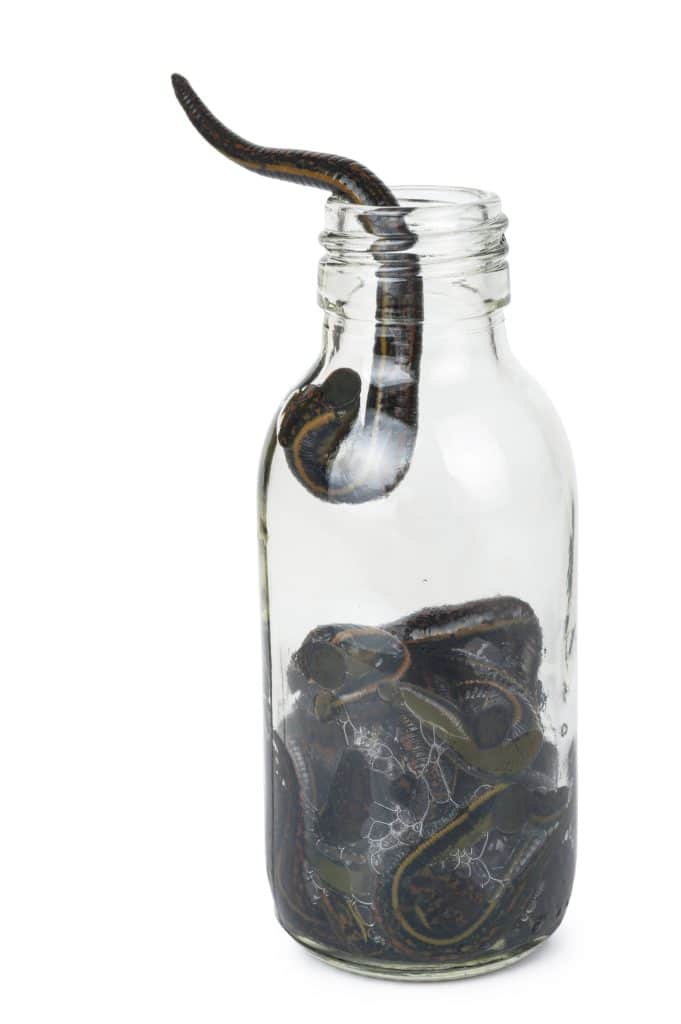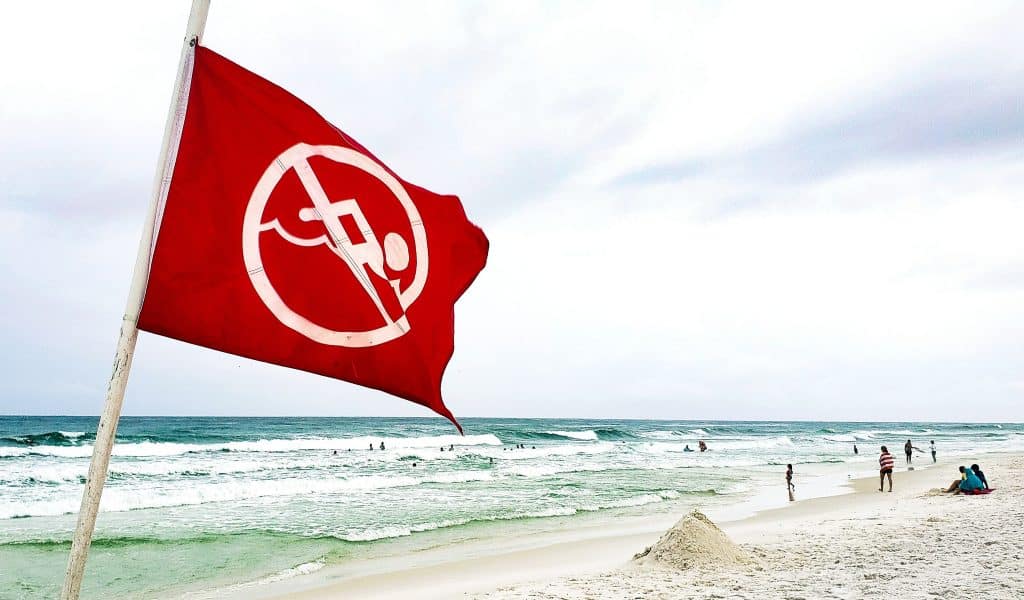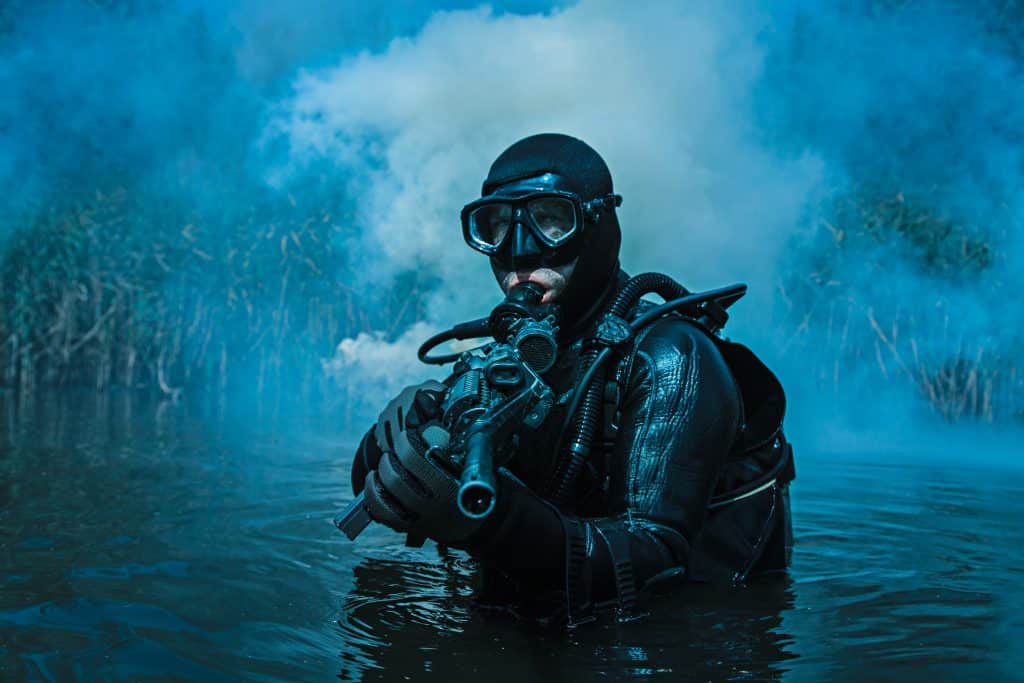Safety should be a top concern when traveling, working, or playing on the water. Our Navy Seals are as effective and deadly in hostile waters as in war because they have mastered basic water survival skills. It makes perfect sense if you think about it, especially if you have spent even the smallest amount of time dealing with water. Water-based situations will always be harder to deal with and present unique challenges that one will not face on land.
Preparing for the challenges and hazards that can arise on the water is crucial for ensuring your survival and success in a water emergency. We’ll cover key steps to ensure your survival during a water emergency, from knowing what equipment could save your life if disaster strikes all the way to recognizing potential risks. With these tips and basic first-aid protocols, you’ll be better prepared.

Before we get started, I want to take a moment to talk about some close calls I’ve had when out on the water. One event from my childhood that stands out as particularly scary was slipping into an alligator-infested spillway from the side of an algae-covered dam. Another time while exploring areas to fish during a drought, I found a low cow pond and thought walking to the water’s edge might be a good idea. Even though I was a lightweight 8-year-old, I sank in mud up to my waist, lost my shoes, and was covered in leeches.

But those events pail compared to the situations I encountered once I was older and had a boat. Many potential problems you can and will face regarding water have to do with the chilling effect of water on the body.
The following article is the first part of a potential series as I explore the specific dangers associated with water and the skills needed to overcome those dangers.
The Importance of Water Survival Skills
Knowing how to stay safe and survive in a water emergency is one of the most important skills you can have if you are a water sports enthusiast, work on the water, or travel on the water. Assessing your environment quickly and accurately will help you understand which strategies are best suited for survival, such as knowing when it’s safer to swim than float on debris or how to dry off quickly once you reach the shore.
Like most survival situations, intuition can work against you. This trick of the mind is why it is so important to have a firm grasp of the basics to identify the danger you face and devise a strategy to escape it.
Proper knowledge and preparation could mean life or death in certain situations, from unexpected storms, strong currents, or capsizing boats. Knowing first aid procedures that apply specifically to open waters is also essential, including treating hypothermia, dehydration, shock from cold temperatures, and more.
The Dangers of Water
The dangers of being in or near the water are not all that difficult to identify. The number one danger is drowning, followed by hypothermia.
Hyperthermia results from being wet and cold for too long and losing too much body heat, hypothermia occurs when the temperature of water comes in contact with the body, causing the loss of body heat, and according to WebMD, temperatures as low as 60 can drive hypothermia.
Strong currents or “Rip Tides,” which are powerful currents that can cause drownings, are another common problem on the water. Often you can’t see the signs of a rip tide above water. In a similar vein, strong waves can be just as dangerous.

Heatstroke is another common issue that can be faced when out on the water, although people think of it less often because “hey we’re in the water!” But it is very easy to overheat while in the water and also stressful on the body.
Water intoxication or hyponatremia can occur when you drink too much water too quickly. When you are in the water, your body will absorb some of the water through your skin. If you also drink a lot of water because you are hot, there is a small risk of hyponatremia. This risk is much more prominent in younger children who might inadvertently drink the water as they swim.
https://pubmed.ncbi.nlm.nih.gov/25153208/
https://pubmed.ncbi.nlm.nih.gov/6866580/
Those are just a few dangers one can face while on the water, but there are many more.
Close Calls on the Water
When it comes to staying safe on the water, preparation is vital. I’ve had my share of close calls while out at sea and can tell you firsthand that having a plan for any potential emergency makes all the difference. For instance, I used to have a small 18-foot boat that I would take out on the lakes or rivers in my area. More than once, I have gotten caught in precarious situations. Once, I put a hole in my boat and had to bail water during the 2-hour ride back to shore.
Another time when temperatures dropped quickly below 0, my dad and I were hunting. We faced a very harsh and cold ride into the wind and waves as each splash down of the bow formed ice around us and the boat.
Other things you must watch out for are other boaters and people. Often, I’ve had to jump up and down, waving my arms like a madman, to get another boat’s attention.
Each encounter, including the dozens not listed, has taught me the importance of one piece of gear or safety equipment or another. In the next section, I’ll give you a few lists to consider. I won’t leave home without some experts living on the water and a few bonus items.
Must Haves for Water Emergency
Navy Seals List
This list is not comprehensive of what Navy Seals would take with them. I based it on listening to a few podcast interviews and reading the sparse information on the topic.
- watch
- extra hydration
- knife
- backpacks
- boots/extra shoes
- radio
- GPS
- headlamp
- first aid
- tactical and mission equipment omitted

*Special note: I didn’t find anywhere referencing personal floating devices, but I assume they are built into the uniform.
Fishermen (pro)
I found a few interviews with professional fishermen.
- PFD
- emergency beacon
- first aid kit
- radio
- waterproof flashlight
- tools
- extra water
- extra food
Fishermen will also have a lot of things onboard their ships and won’t have the same need to carry as many items on their person. In many of the pictures and videos, most have a belt with a knife in a sheath. Even though not mentioned, other ubiquitous items include rope and rain gear, which it doesn’t need to be raining for this to be a huge help.
My Personal Must Haves
I have these things on my list of “must-haves while boating.”
- fire starter kit (yes, I have needed this!)
- pocket fishing gear (if not already fishing)
- multiple pocket knives and pocket tools
- compass
- an extra change of clothes in a dry bag
- extra shoes in a dry bag
- map of the area
- 100 ft of yellow roap
- warm cap
- sunscreen
Of course, I’ve also got the other items I mentioned above. Most people look at me funny as I load out all my bags into my little boat, but I tend to stray off the beaten path, stay out a little later, and venture into slightly worse conditions than most people are willing to do.
Additionally, I often bring an extra battery charger for my phone and put my phone in a dry bag. Even if I end up somewhere without a signal, I can use my phone for various tasks like taking pictures or notes.

Other Things to Consider
You may want a fire extinguisher if you are on a motorboat.
If you enjoyed this article, let me know. I plan on covering more specifically which equipment is for which situation, but I would love to field any questions.
